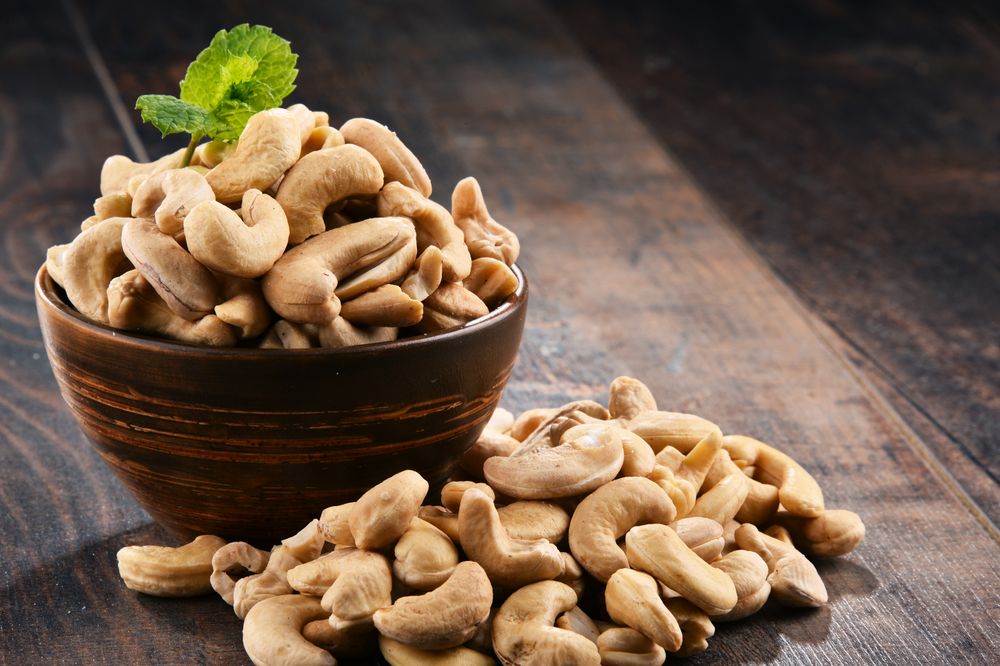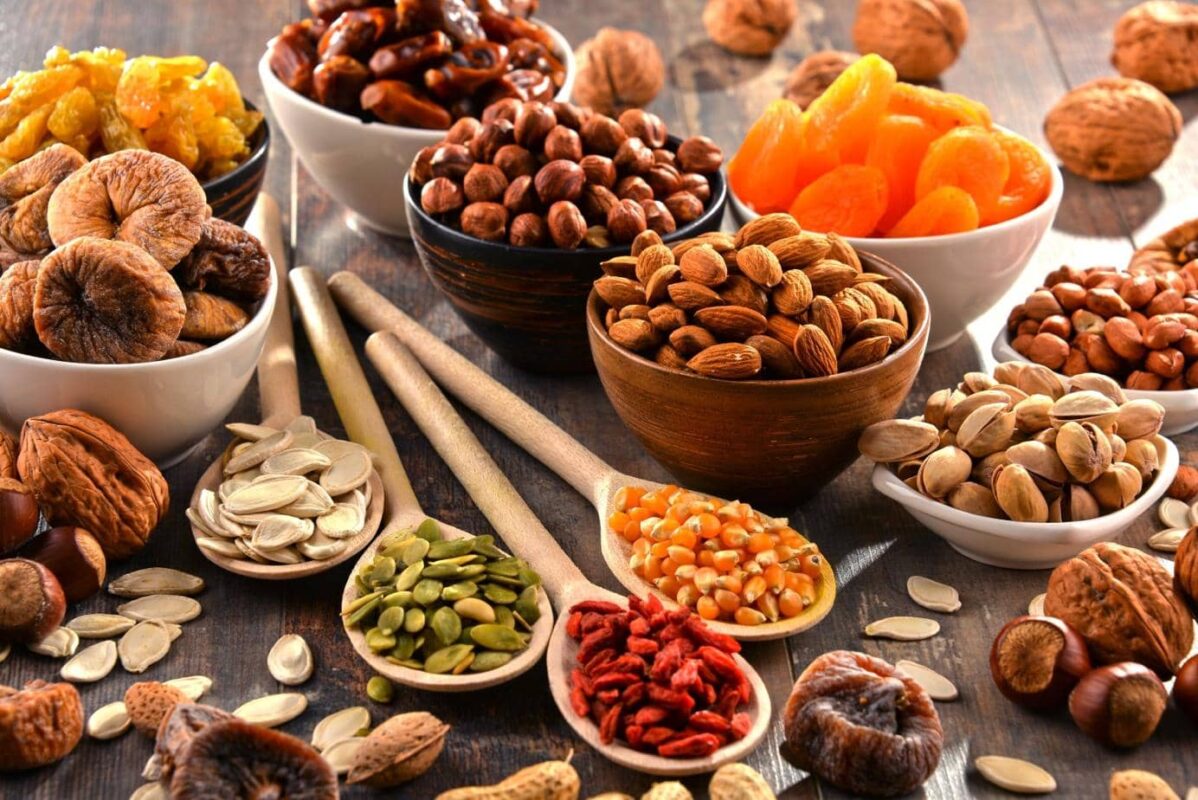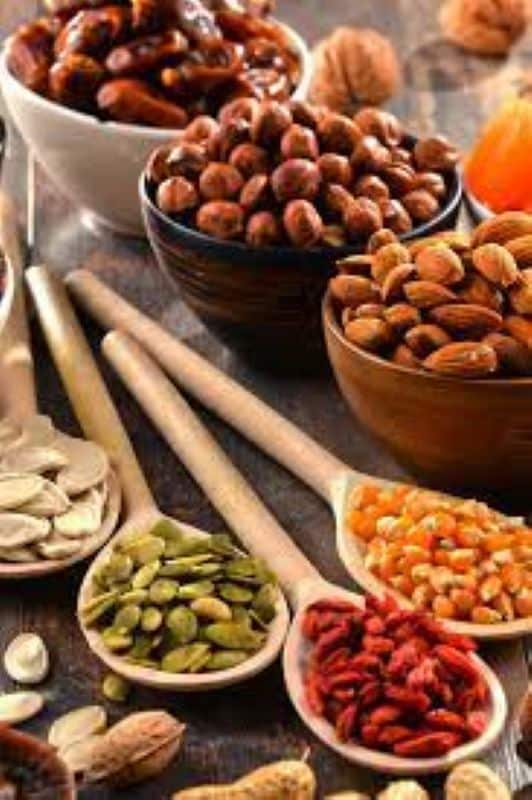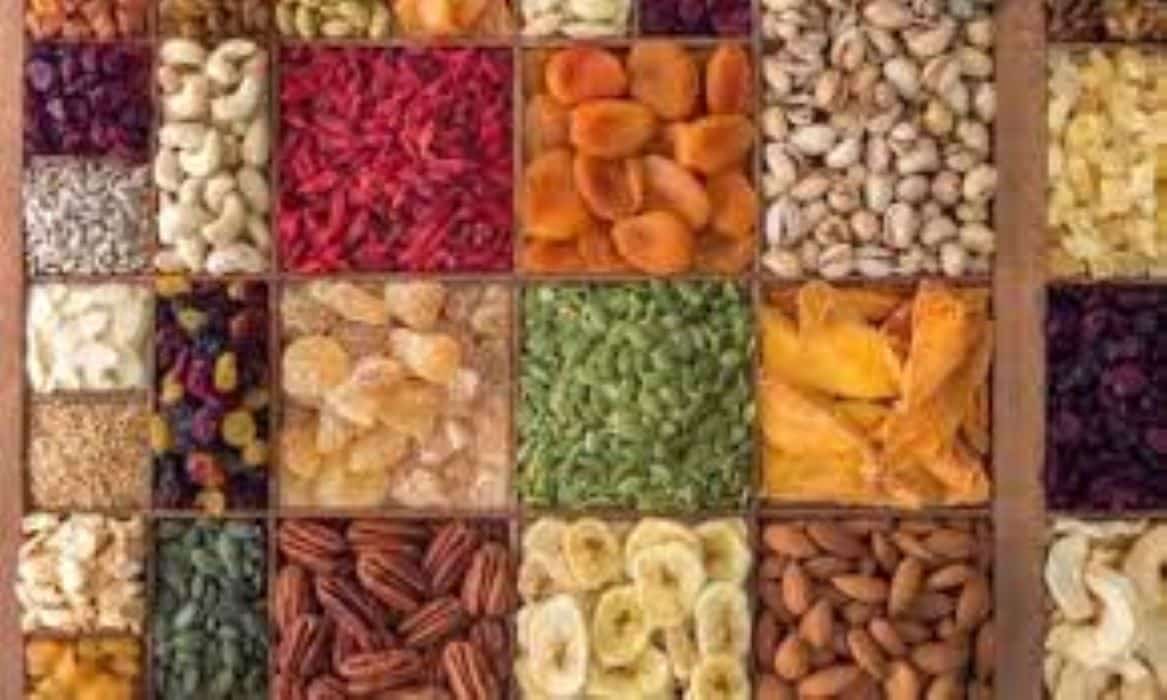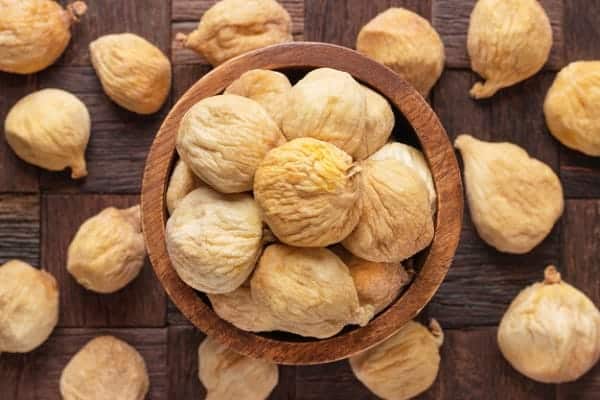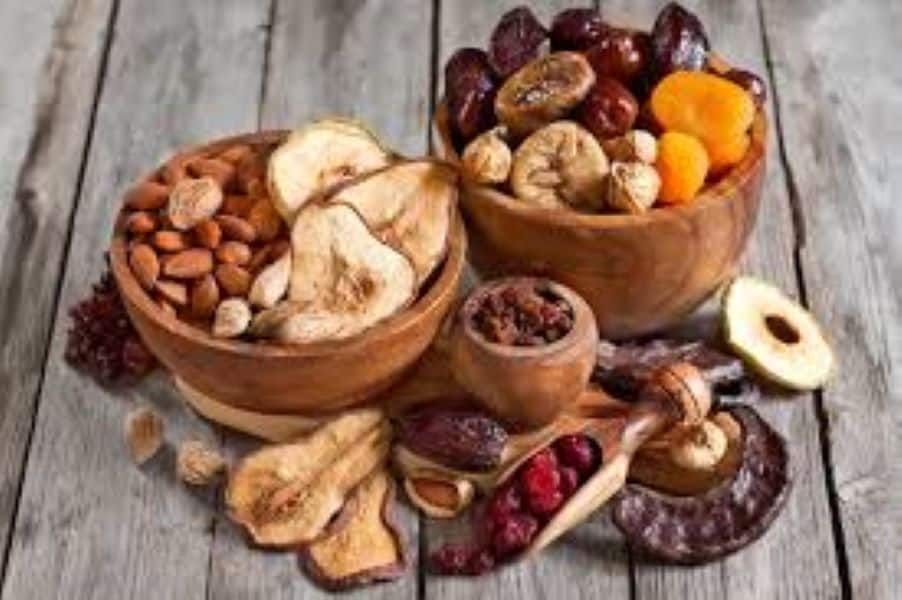Blog
Types of dry fruits
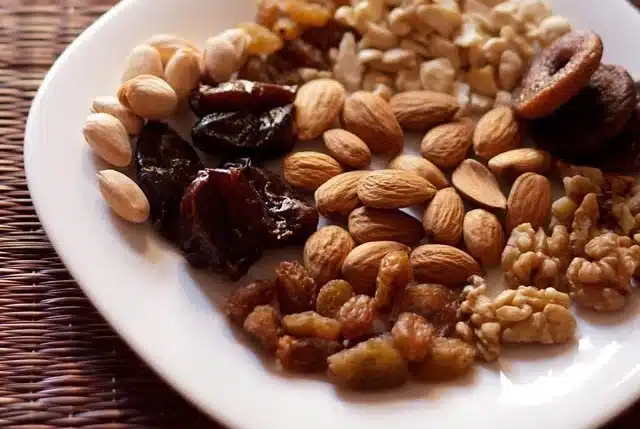
Dry fruits are a healthy, tasty and nutritious snack that can easily be stored for long periods of time. They are high in protein, vitamins and minerals, making them the ideal snack to eat when you need a quick boost of energy or as an after-dinner treat. There are many types of dry fruits available on the market today, but some of the most popular include: almonds, cashews, hazelnuts/filberts (also known as filberts), pistachios and walnuts.
Almond
Almonds are a type of tree nut that grow on trees. They are the most popular nut in the world, and can be used to make almond milk or ground into flour. Almonds are high in protein and fiber, which makes them good for you! They also contain Vitamin E, magnesium and calcium–all essential nutrients for your health.
Apricot kernel
The apricot kernel is located in the pit of an apricot and has many health benefits. It is high in vitamin A, B and C, which are essential nutrients for your body. The kernel also contains protein, making it good for digestion as well as skin health.
Brazil nut
Brazil nuts are the largest tree seeds in the world. They’re harvested from a large tree that is native to the rainforests of Brazil, and it takes about 10 years for these trees to bear fruit.
When you buy a bag of Brazil nuts, you’ll likely find them whole or cut into halves or quarters (the latter option makes them easier to eat). You can also find pre-shelled versions at some specialty grocery stores if you want your snack ready-to-eat–just remember that these will be more expensive than whole ones because they require less labor on your part!
Cashew nut
Cashew nuts are the seeds of the cashew tree, which grows in tropical regions. They are commonly eaten as a snack food or used in cooking and baking. Cashews are high in protein, fat and carbohydrates.
Hazelnut / Filbert
Hazelnuts, also called filberts, are the fruit of the hazel tree. They’re a common ingredient in baked goods such as cookies, cakes and pastries. Hazelnuts can also be used to make nut butter or ground into a flour that can be used in place of wheat flour.
Pine nut/ Pignolia
Pine nuts are the edible seeds of pines. They’re often used in cooking and baking, and are high in protein, fiber and vitamin E. Pine nuts contain high amounts of magnesium and manganese which contribute to bone health as well as improve circulation.
Pignolia (pine nut) trees grow naturally in Mediterranean regions including Southern Europe and North Africa but also thrive in California where they have been cultivated since pre-historic times by native Americans who used them for food or medicine purposes
Pistachio nut
Pistachio is a small tree with red-brown coloured fruit. The nut inside the fruit is edible and sweet. Pistachio nuts are often used in baking, as it can be ground into powder form to make pastries and desserts like pistachio ice cream.
Pistachios are high in protein, fibre and iron content compared to other nuts such as walnuts or almonds so they should be included in your diet if you want to stay healthy!
Dry fruits are a great snack, but they can be expensive, especially if you buy them in bulk. If you’re looking for a way to save money on your next trip to the grocery store, consider buying dried fruit in smaller packages or bags. This is especially true if you don’t eat as much dried fruit as other people do–you won’t have to worry about going through an entire box before it goes bad!
There are many types of dry fruits available in the market today. These can be used for different purposes such as snacks or desserts. You can also use them in some recipes which require these ingredients. There are many health benefits associated with these fruits like they help us to lose weight and also prevent diseases like diabetes.
Frequently Asked Questions About Dry Fruits Names And Benefits:
- What are dry fruits?
Dry fruits are fruits that have been dehydrated or dried to remove their moisture content. This makes them more concentrated and longer-lasting than fresh fruits. - What are some common types of dry fruits?
Some commonly eaten types of dry fruits include raisins, dates, apricots, figs, prunes, and cranberries. - What are the health benefits of eating dry fruits?
Dry fruits are rich in nutrients, such as fiber, vitamins, minerals, and antioxidants. Eating them regularly can help improve digestion, support heart health, boost energy, and promote overall well-being. - How many dry fruits should I eat per day?
The recommended daily intake of dry fruits varies depending on your age, gender, and activity level. However, a general guideline is to eat 1-2 servings of dry fruits (30-60 grams) per day. - Are dry fruits good for weight loss?
Although dry fruits are calorie-dense, they can be part of a healthy weight loss diet when consumed in moderation. They can help keep you feeling full and satisfied, which may prevent overeating. - Can I eat dry fruits if I have diabetes?
People with diabetes can eat dry fruits as part of a balanced diet, but they should be mindful of their portion sizes and choose lower-sugar options, such as prunes or berries. - Are there any risks of eating too many dry fruits?
Eating too many dry fruits can lead to weight gain and other health issues. Additionally, some types of dry fruits, such as dried apricots, can be high in sulfites, which may trigger allergic reactions in some people. - How should I store dry fruits?
Dry fruits should be stored in a cool, dry place, such as a pantry or cupboard. They can also be kept in the refrigerator or freezer for longer storage. - How can I incorporate dry fruits into my diet?
Dry fruits can be enjoyed on their own as a snack, or added to cereals, oatmeal, yogurt, salads, or baked goods for added flavor and nutrition. - Where can I buy high-quality dry fruits?
You can buy high-quality dry fruits at health food stores, supermarkets, or online retailers that specialize in natural and organic foods. Look for products that are free from additives and preservatives, and choose organic options whenever possible to avoid exposure to pesticides.



